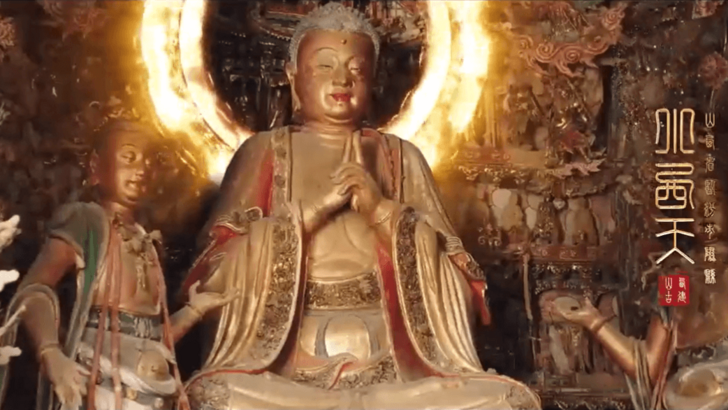 Black Myth: Wukong, a globally acclaimed action RPG, shines a spotlight on China's remarkable cultural heritage. Discover the real-world inspiration behind the game's stunning visuals.
Black Myth: Wukong, a globally acclaimed action RPG, shines a spotlight on China's remarkable cultural heritage. Discover the real-world inspiration behind the game's stunning visuals.
Black Myth: Wukong: A Virtual Tour of Shanxi's Cultural Landmarks
Shanxi Province Experiences Tourism Boom Thanks to Wukong
Black Myth: Wukong, based on the classic "Journey to the West," has captivated gamers worldwide. Its impact, however, extends beyond gaming, significantly boosting tourism in Shanxi Province, China. The game's breathtaking landscapes, meticulously recreated from real-world locations in Shanxi, have ignited global interest in the region's rich history and culture.
The Shanxi Department of Culture and Tourism has capitalized on this surge in popularity, launching a promotional campaign highlighting the real-life locations that inspired the game's environments. A special event, "Follow Wukong’s Footsteps and Tour Shanxi," is also planned.
"We've received numerous requests for tailored travel itineraries and detailed guides," the department stated, as reported by Global Times. "We are diligently addressing these requests."
Game Science, the developers, have masterfully woven Chinese cultural references into Black Myth: Wukong. The game's world beautifully captures the essence of Chinese culture and mythology, transporting players to a realm of ancient temples, towering pagodas, and landscapes reminiscent of classical Chinese art.
Shanxi Province, a cradle of Chinese civilization, is brimming with cultural treasures, faithfully mirrored in the game. A promotional video showcased the game's recreation of the Little Western Paradise, complete with its iconic hanging sculptures and the Five Buddhas.
In the video, these sculptures appear animated, with one Buddha even extending a greeting to Wukong. While the Buddha's role in the game remains mysterious, his dialogue suggests a potentially antagonistic relationship with the protagonist.
Although the game's narrative is still unfolding, it's crucial to note that Wukong is known as the "斗战神" (Dòuzhànshén) or "Warring Deity" in Chinese mythology, reflecting his rebellious nature in the original novel, where he was imprisoned by the Buddha after defying the heavens.
Beyond the Little Western Paradise, Black Myth: Wukong also features virtual recreations of other Shanxi landmarks, including South Chan Temple, Iron Buddha Temple, Guangsheng Temple, and the Stork Tower. However, according to the Shanxi Cultural Media Center, these virtual representations only hint at the province's vast cultural wealth.
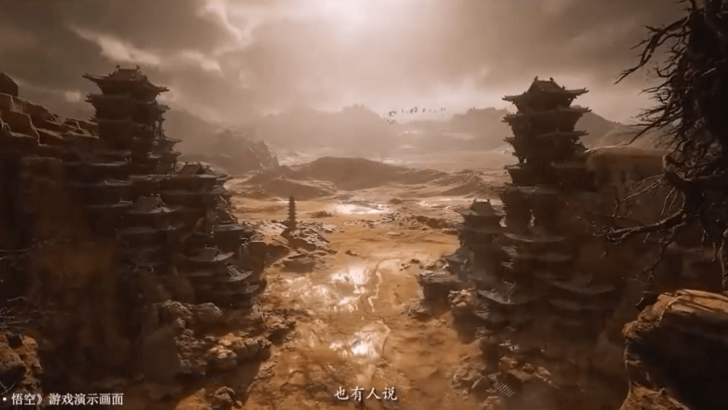 Black Myth: Wukong's global success is undeniable. This week, it ascended to the top of Steam's bestseller charts, surpassing established titles like Counter-Strike 2 and PUBG. The game has also received widespread acclaim in China, celebrated as a landmark achievement in AAA game development.
Black Myth: Wukong's global success is undeniable. This week, it ascended to the top of Steam's bestseller charts, surpassing established titles like Counter-Strike 2 and PUBG. The game has also received widespread acclaim in China, celebrated as a landmark achievement in AAA game development.
Explore the phenomenal rise of Black Myth: Wukong further by reading the linked article!

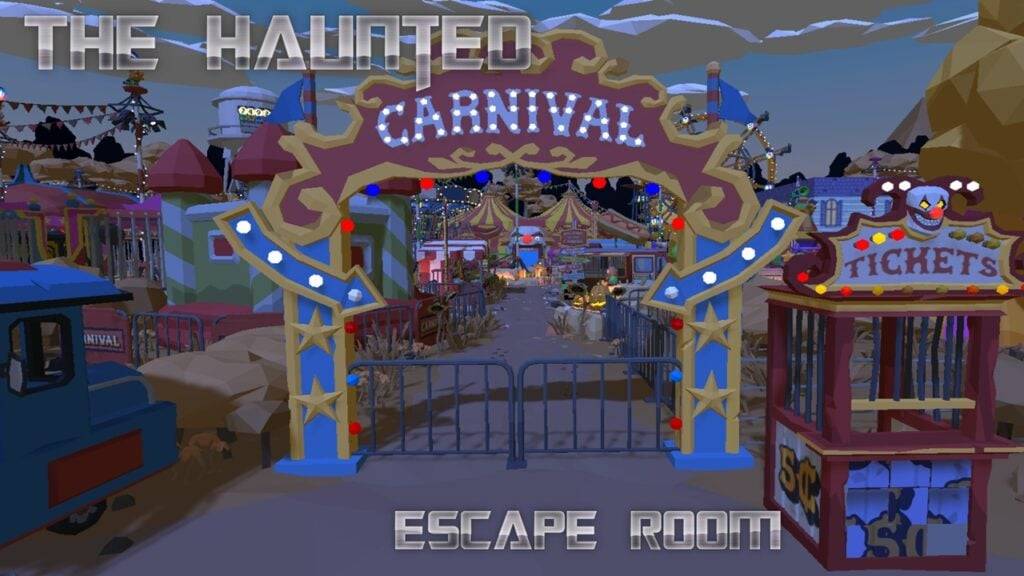
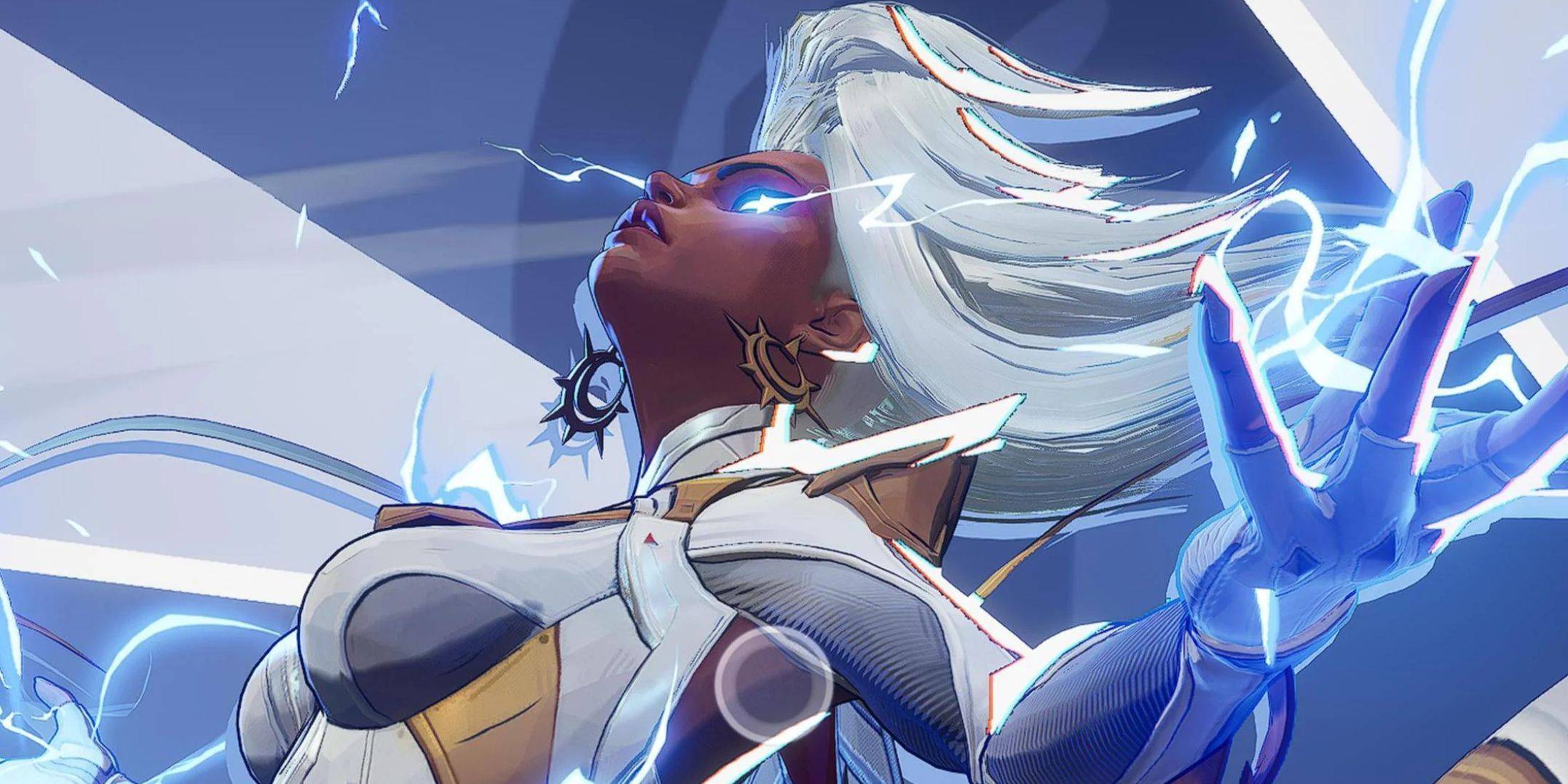
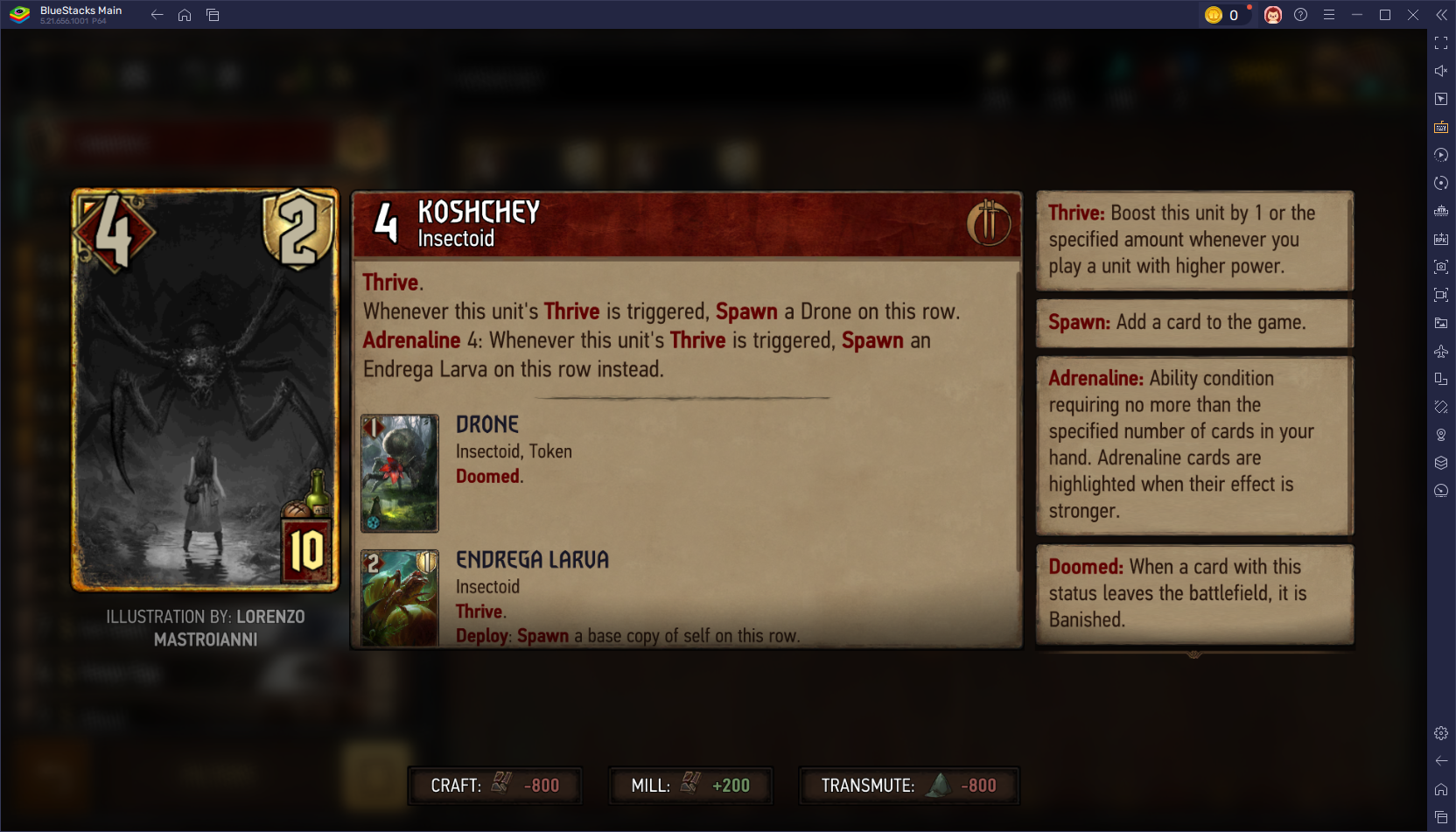


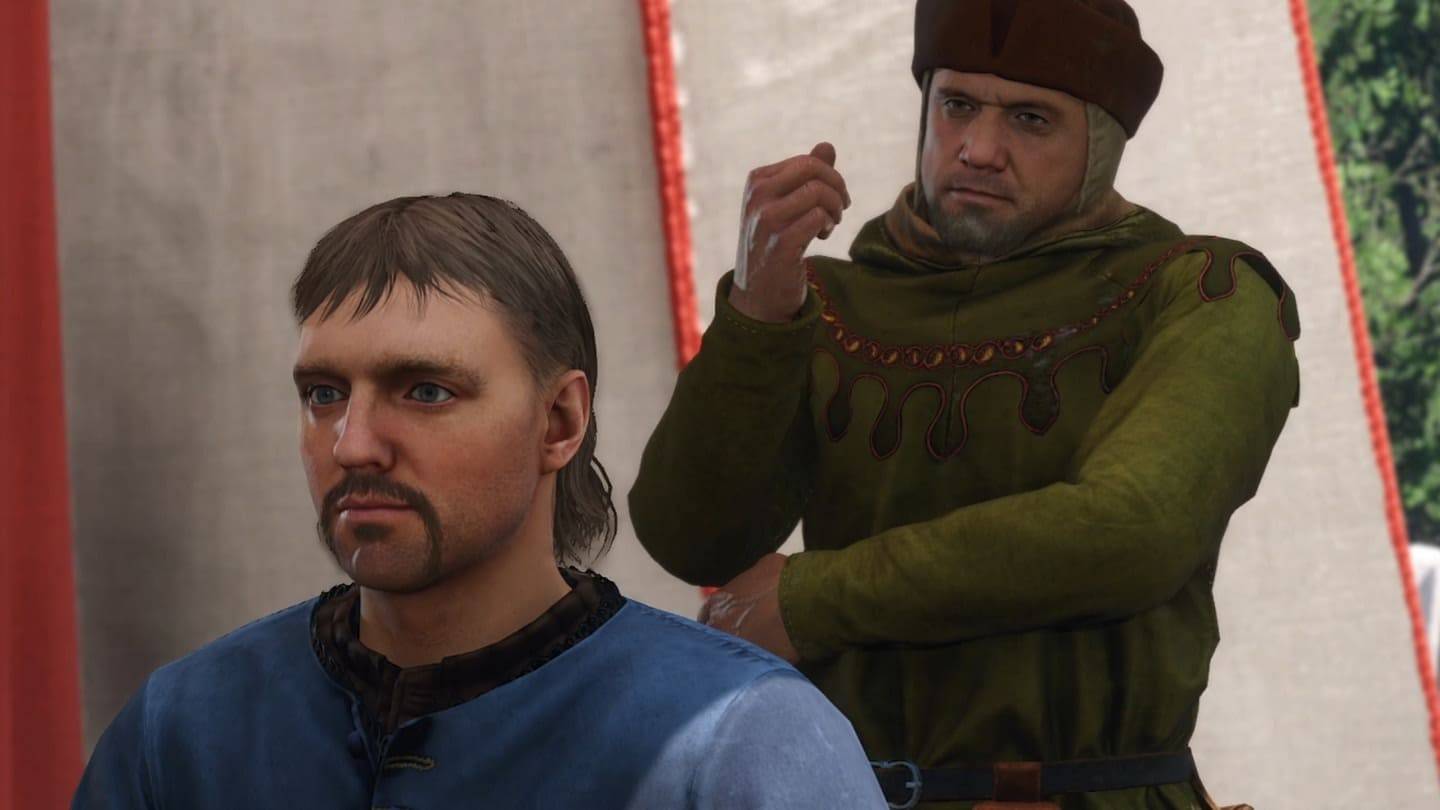



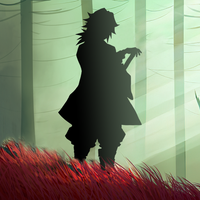













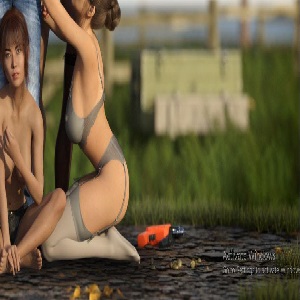





![City Devil: Restart [v0.2]](https://img.icssh.com/uploads/38/1719554737667e52b102f12.jpg)